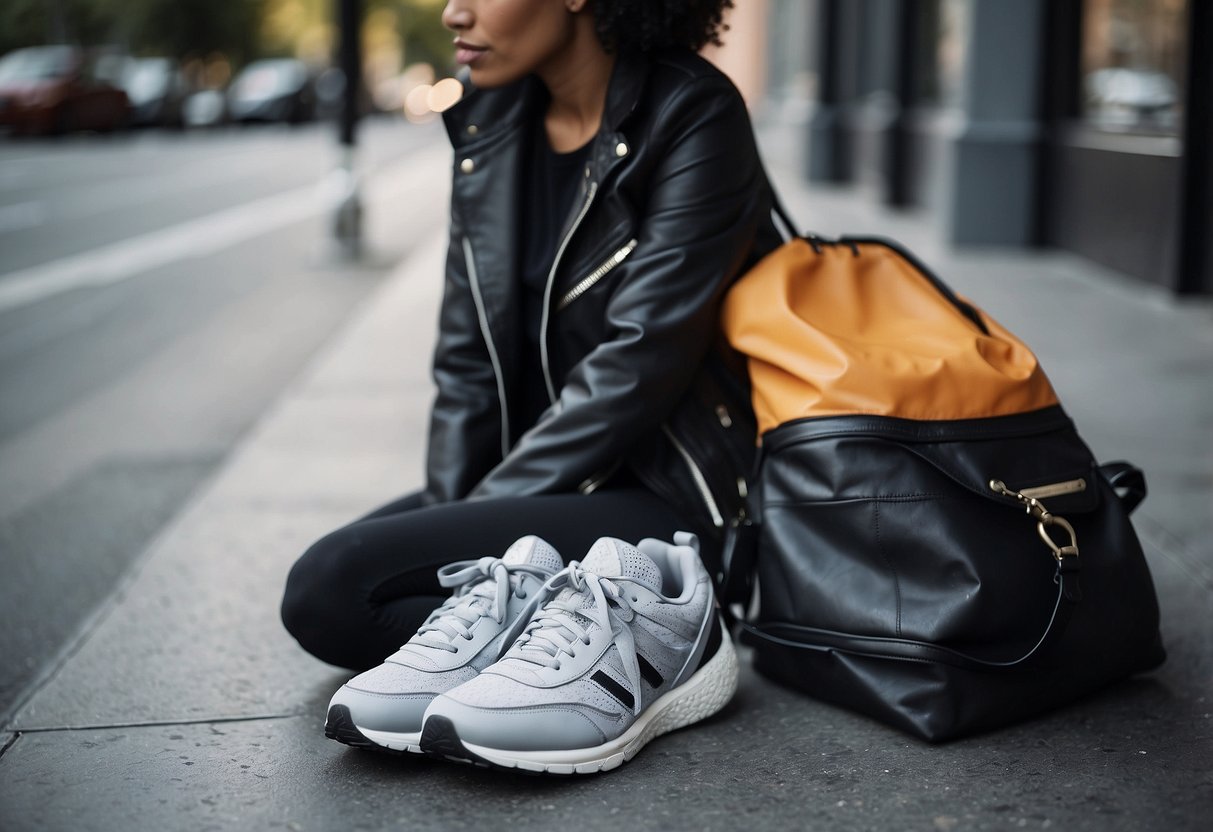
The Impact of Sustainability in Athleisure
Sustainability has become a central concern in the fashion industry, and athleisure is no exception. Brands are increasingly adopting eco-friendly practices to appeal to environmentally conscious consumers.
Recycling is a key approach. Many athleisure brands now use recycled materials, such as plastic bottles turned into polyester. This reduces waste and lowers the environmental impact.
Organic and natural fabrics are gaining popularity. Cotton, bamboo, and hemp are considered more sustainable options compared to synthetic fabrics. These materials are renewable and biodegradable, making them a better choice for the planet.
Ethical production is also crucial. Brands are focusing on fair labor practices and ensuring workers are treated well. This not only supports human rights but also strengthens the brand’s reputation.
Sustainable packaging is another aspect. Biodegradable and recyclable packaging is being adopted to minimize waste. This aligns with a holistic approach to sustainability.
Innovative technologies are also helping. Waterless dyeing techniques, for example, save vast amounts of water and reduce pollution. These technologies are shaping the future of sustainable athleisure.
Consumer demand is driving these changes. People are looking for brands that align with their values, and sustainability is high on the list. This shift in consumer behavior is pushing brands to prioritize eco-friendly practices.
Sustainability in athleisure is a growing trend. From materials to production and packaging, every aspect is being rethought for a greener future. Brands that embrace these changes are likely to thrive in this evolving market.
Future Trends: What’s Next in Athleisure?
Athleisure continues to evolve, reflecting changes in fashion and lifestyle. Innovations in fabric technology are leading this transformation. Expect to see garments made from sustainable, eco-friendly materials. These fabrics not only provide comfort but also support environmental conservation.
Another emerging trend is the integration of smart textiles. Clothing embedded with health-monitoring sensors can track performance metrics and provide instant feedback. This fusion of fashion and technology enhances the functionality of athleisure wear.
Personalization is becoming more prominent. Consumers want unique clothing that caters to individual tastes. Brands are offering customizable options, from color choices to fit adjustments, allowing for a more tailored athletic experience.
Collaborations between high-fashion designers and sports brands are on the rise. These partnerships bring a sophisticated edge to athleisure, blending luxury elements with athletic functionality. It broadens the appeal, attracting a wider range of wearers.
Gender-neutral designs are gaining popularity. Athleisure is moving towards inclusivity, with styles that appeal to all genders. This shift reflects a broader trend in the fashion industry towards breaking traditional gender norms.
The influence of streetwear remains strong. Expect to see more street-inspired elements in athleisure designs. Bold graphics, oversized silhouettes, and statement pieces are making their way into athletic wardrobes, offering a stylish yet practical look.
Technological advancements, sustainability, personalization, designer collaborations, gender-neutrality, and streetwear influences are shaping the next wave of athleisure. These trends ensure that athleisure remains a dynamic and versatile section of the fashion world.



